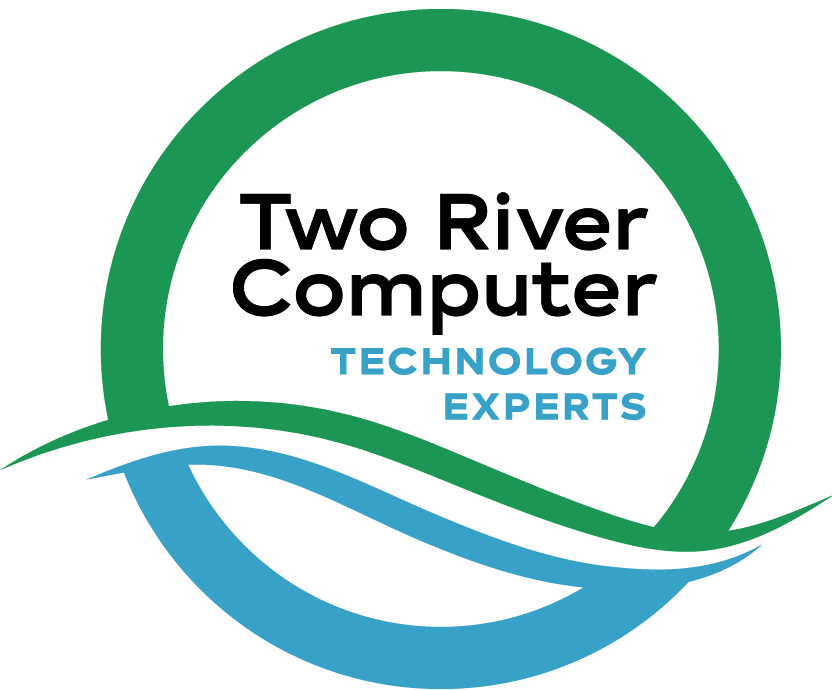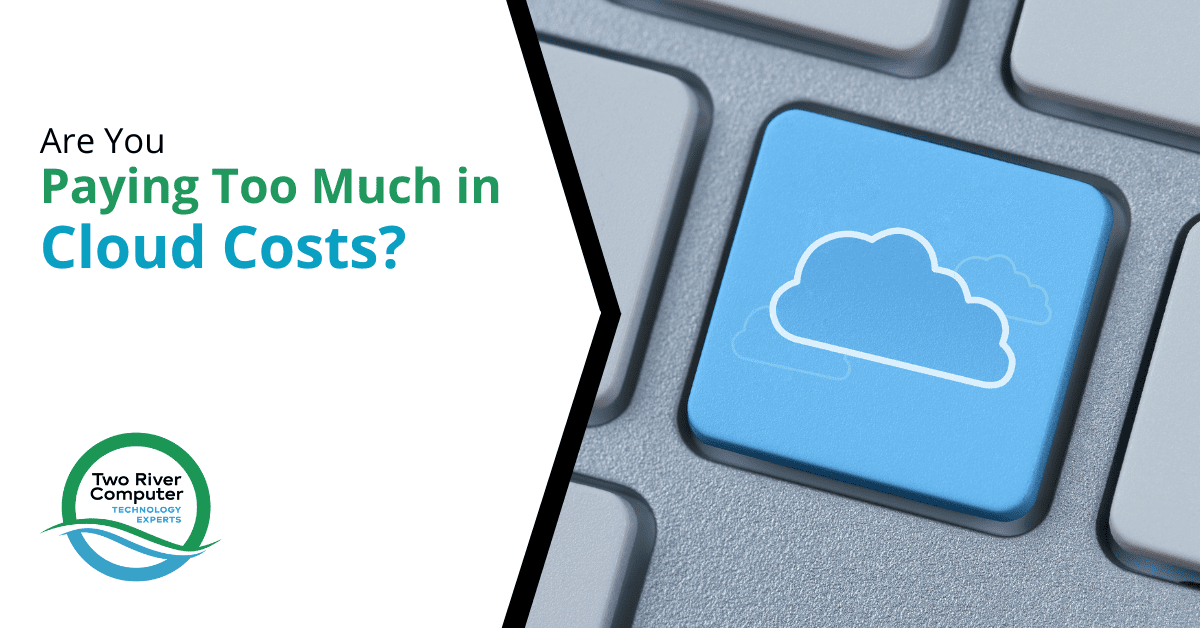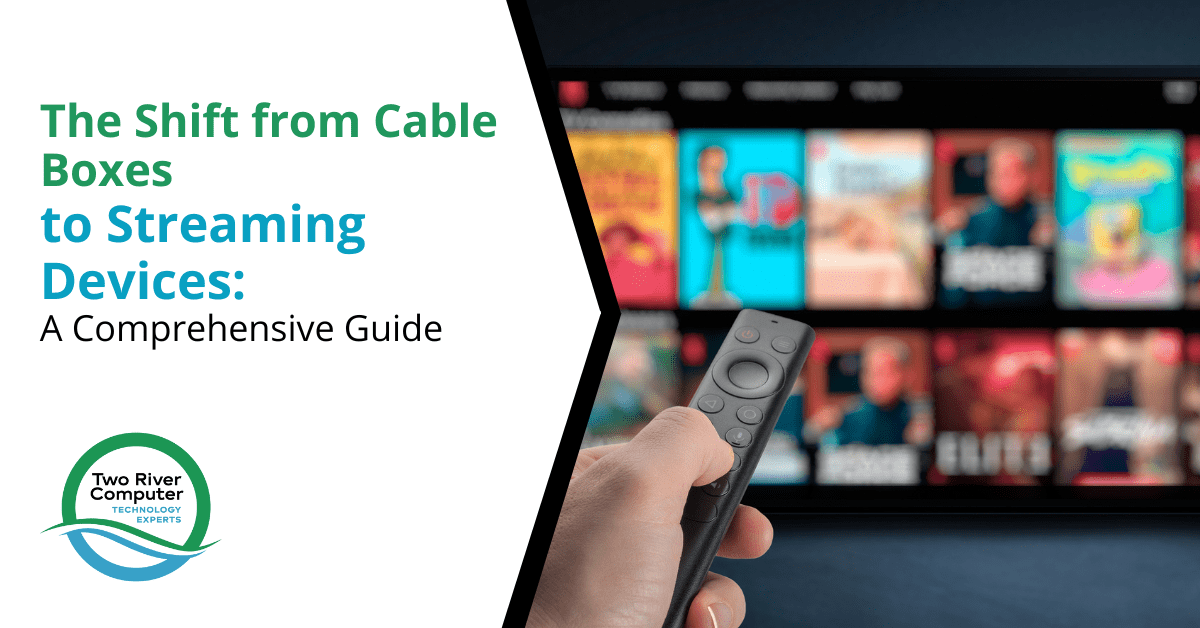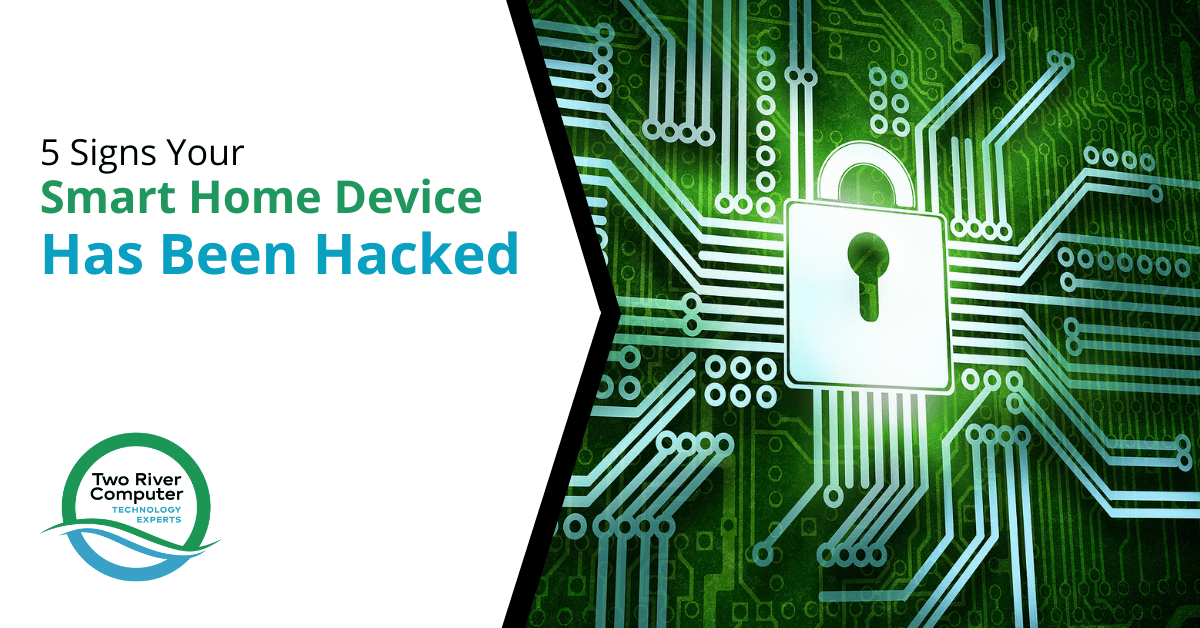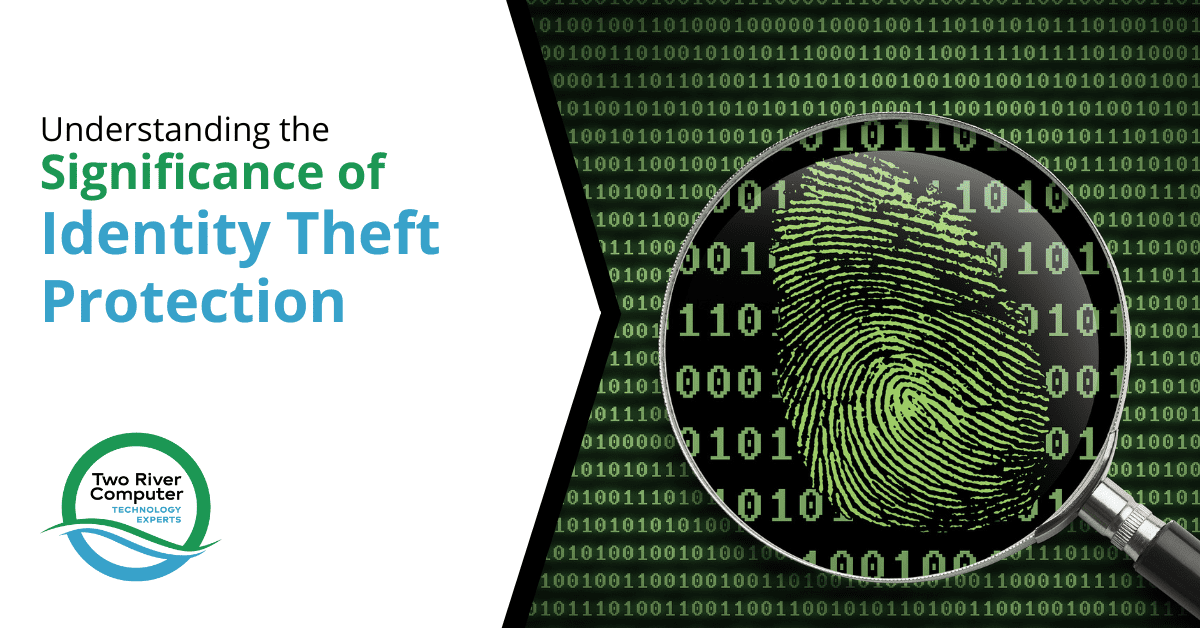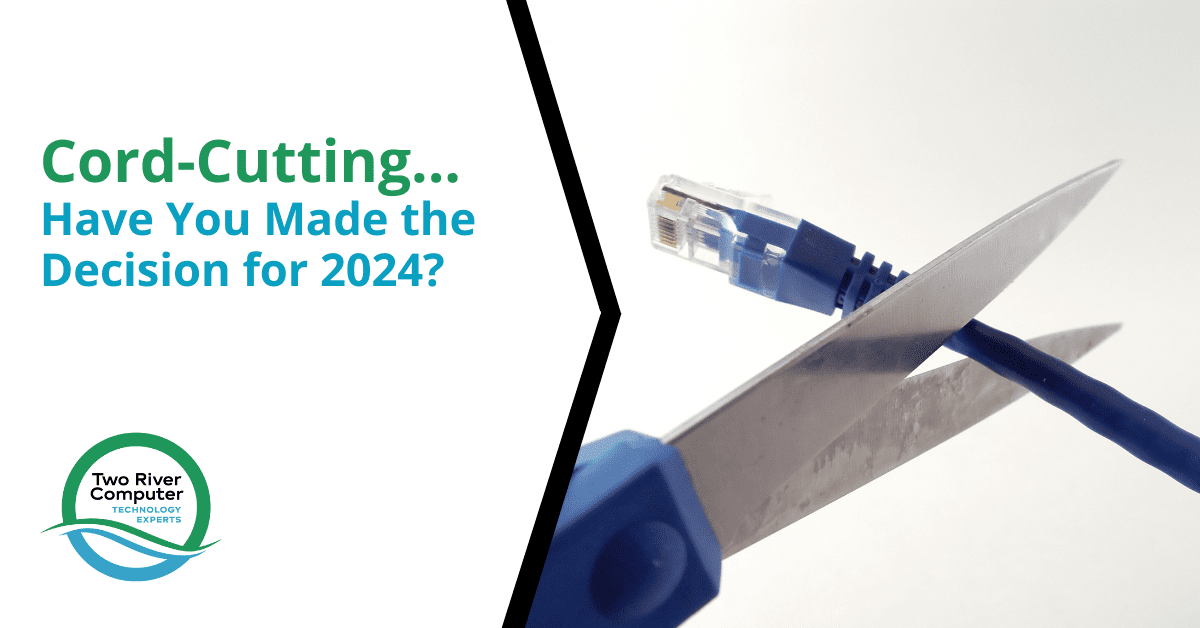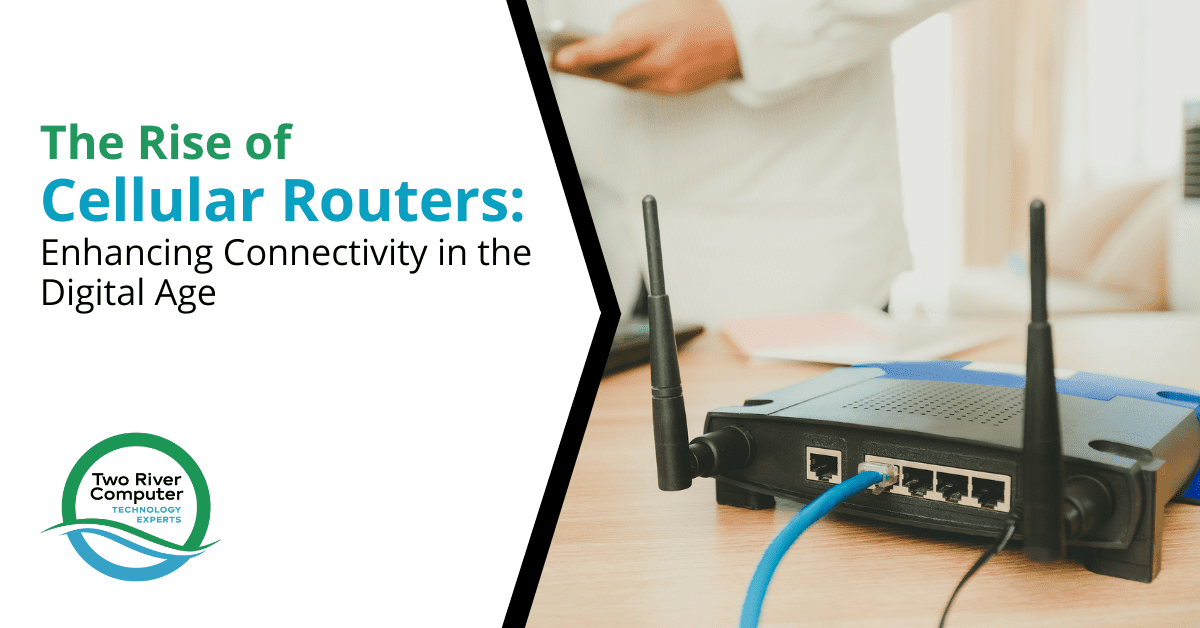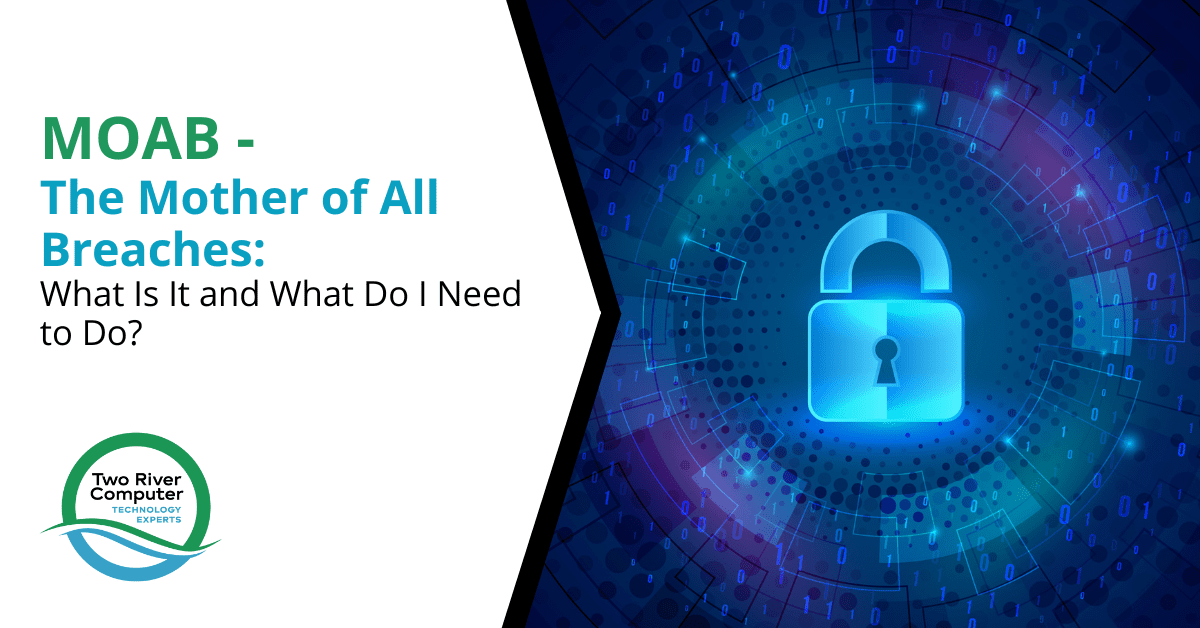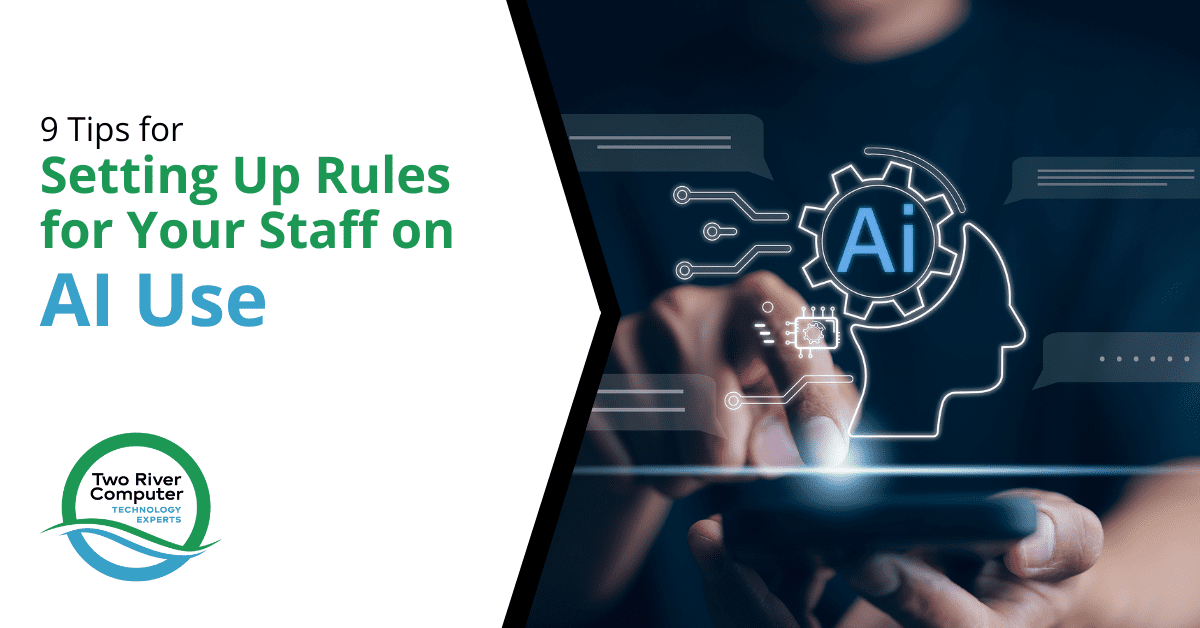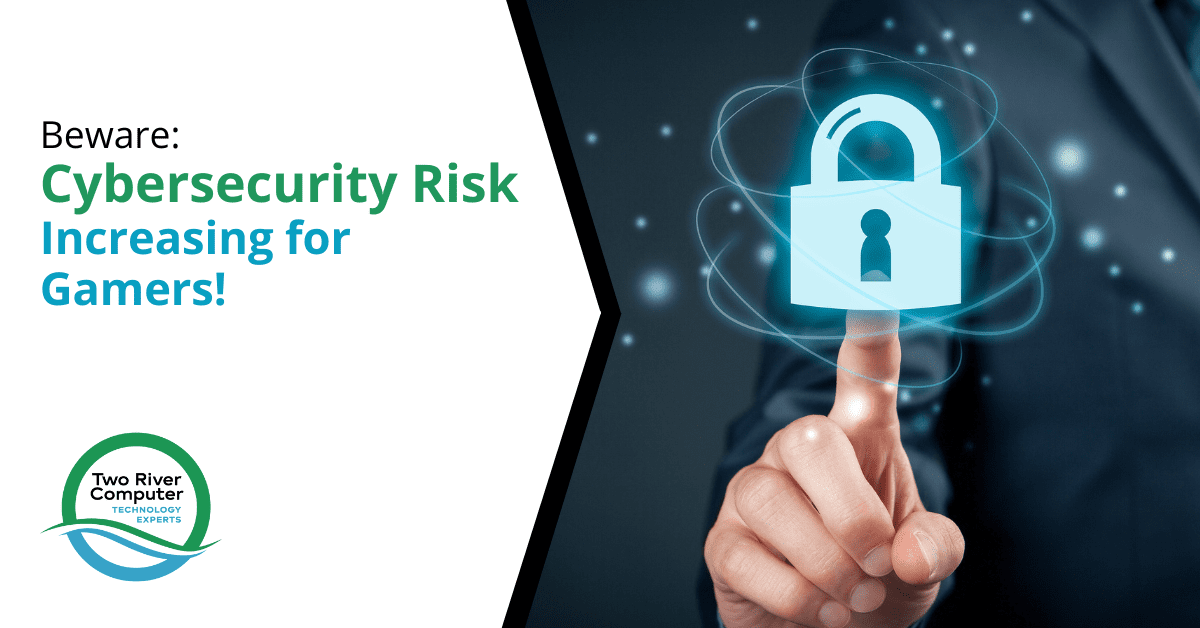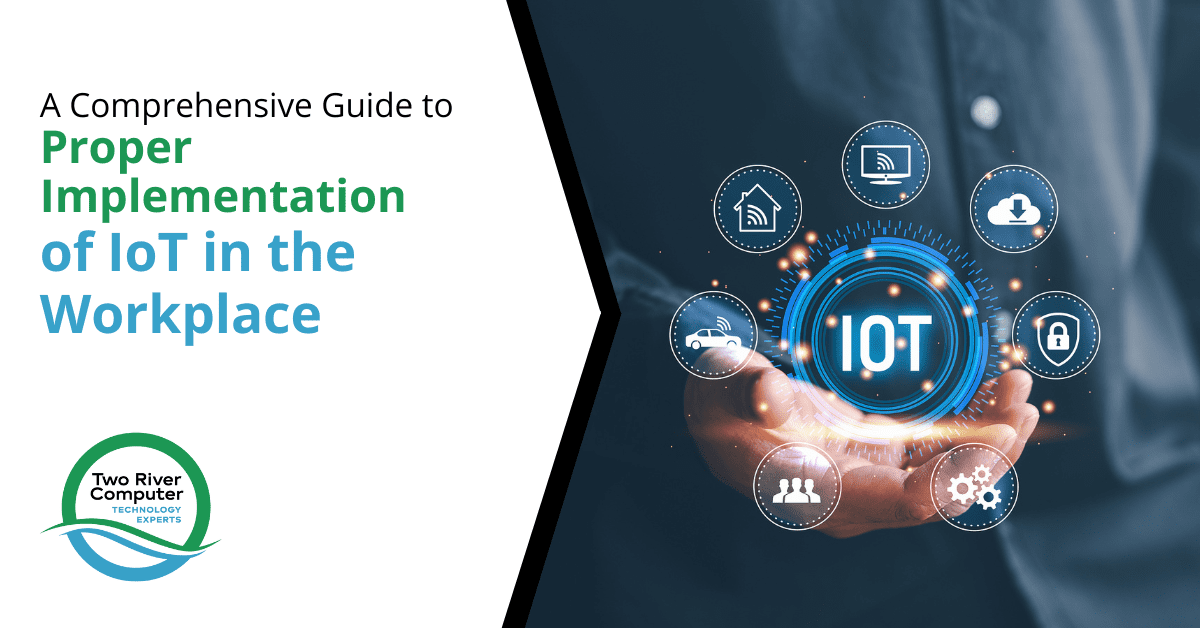
The Internet of Things (IoT) has revolutionized various aspects of our lives, including how we work. From enhancing efficiency to streamlining processes, IoT offers a plethora of benefits for businesses.
However, the successful integration of IoT into the workplace requires careful planning, execution, and maintenance. In this guide, we will explore the intricacies of implementing IoT in the workplace effectively.
Understanding IoT in the Workplace
Defining IoT and Its Importance
IoT refers to the network of interconnected devices embedded with sensors, software, and other technologies that enable them to collect and exchange data. In the workplace, IoT devices can range from smart thermostats and lighting systems to wearable devices and machinery equipped with sensors.
Benefits of IoT in the Workplace
The adoption of IoT in the workplace offers several advantages, including improved operational efficiency, enhanced productivity, better resource utilization, and real-time monitoring and analytics. Additionally, IoT can facilitate automation, predictive maintenance, and data-driven decision-making, leading to cost savings and competitive advantages.
Challenges and Concerns
Despite its numerous benefits, the implementation of IoT in the workplace presents certain challenges and concerns. These include cybersecurity risks, data privacy issues, interoperability issues, and the potential for job displacement due to automation. Addressing these challenges is crucial to ensure the successful deployment and utilization of IoT technologies.
Key Considerations for Implementing IoT in the Workplace
Identifying Business Objectives and Use Cases
Before implementing IoT in the workplace, it is essential to clearly define the business objectives and identify relevant use cases. Whether it’s optimizing energy consumption, improving asset tracking, or enhancing employee safety, aligning IoT initiatives with organizational goals is critical for success.
Conducting a Comprehensive Risk Assessment
Assessing potential risks associated with IoT implementation is paramount. This involves evaluating cybersecurity threats, data privacy risks, regulatory compliance requirements, and the impact on existing infrastructure and processes. Implementing robust security measures and protocols is vital to mitigate these risks effectively.
Selecting Suitable IoT Devices and Technologies
Choosing the right IoT devices and technologies is crucial for achieving desired outcomes. Factors to consider include compatibility with existing systems, scalability, reliability, ease of integration, and vendor support. It’s essential to conduct thorough research and evaluation to select devices and technologies that best meet the organization’s requirements.
Establishing Robust Data Management Practices
Effective data management is key to deriving actionable insights from IoT-generated data. This involves defining data collection, storage, processing, and analysis procedures. Implementing data governance frameworks, ensuring data integrity and security, and complying with relevant regulations are essential aspects of robust data management practices.
Ensuring Employee Training and Engagement
Providing adequate training and fostering employee engagement are essential for successful IoT implementation. Employees need to understand how IoT technologies work, their benefits, and how to use them effectively. Moreover, involving employees in the implementation process and addressing their concerns can promote acceptance and adoption.
Best Practices for Successful IoT Implementation
Start Small and Scale Gradually
Begin with pilot projects or small-scale deployments to test IoT solutions and validate their effectiveness before scaling up. This approach allows for iterative improvements, risk mitigation, and adjustments based on feedback and lessons learned.
Collaborate Across Departments and Stakeholders
Effective IoT implementation requires collaboration across various departments and stakeholders within the organization. IT, operations, facilities management, and other relevant teams should work together to ensure alignment of objectives, resource allocation, and seamless integration of IoT solutions.
Prioritize Security and Privacy
Security and privacy should be integral components of IoT implementation strategies. Implementing encryption, authentication mechanisms, access controls, and regular security updates can help safeguard IoT devices and data from cyber threats and unauthorized access.
Monitor Performance and Adapt Accordingly
Continuous monitoring of IoT systems’ performance is essential to identify potential issues, optimize processes, and make informed decisions. Utilizing analytics tools and performance metrics enables organizations to track key performance indicators (KPIs) and adjust strategies as needed to achieve desired outcomes.
Stay Updated on Emerging Trends and Technologies
The IoT landscape is constantly evolving, with new trends and technologies emerging regularly. Staying informed about industry developments, technological advancements, and best practices is crucial for maintaining a competitive edge and maximizing the benefits of IoT in the workplace.
Implement IoT in Your Workplace
Implementing IoT in the workplace holds immense potential for transforming operations, enhancing efficiency, and driving innovation. By understanding the fundamentals of IoT, addressing challenges, and following best practices, organizations can harness the power of IoT to achieve their business objectives effectively.
At Two River Computer, we specialize in helping businesses navigate the complexities of IoT implementation, from strategy development to deployment and support. Contact us today to learn how we can assist you in realizing the full potential of IoT in your workplace.
